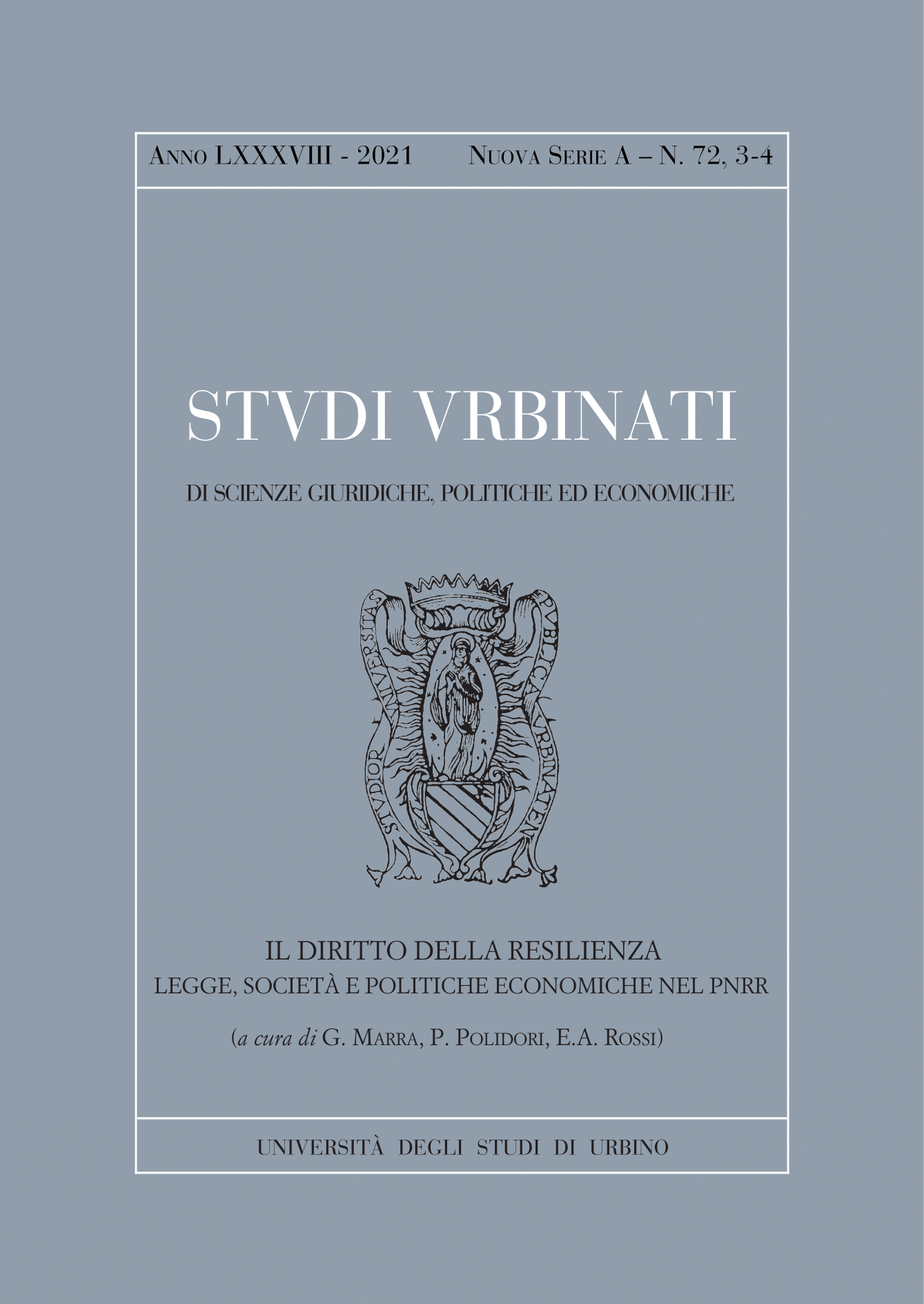Abstract
Reforms of the public administration develop at seasonal intervals, sometimes reforming the system and sometimes with regulatory additions and updates that are introduced into existing disciplines. The development of information and technology combined with the maintenance of the wide sectors attributed to the administration are the reasons for a search for organisational models that pursue increasingly rapid, efficient and economic decisions. However, these dynamics often lend themselves to a paradoxical result, which can be observed in any procedural context: sometimes the need for innovation and modernisation is implemented in "special" procedures, created to overcome the blockages and heaviness of "ordinary" procedures. The obvious consequence is to feed a disorderly system or, in certain cases, to reward certain matters deemed more relevant than others (as in the cases analysed of urban planning or public procurement procedures): the opportunity offered by the PNRR is worth a renewed effort to simplify administrative structures, starting from a choice of organisational, performance and decision-making models that ensure efficient and effective activity for all citizens in the "ordinariness" of a public administration system
The Authors agree to publish their works with a CC BY License.

